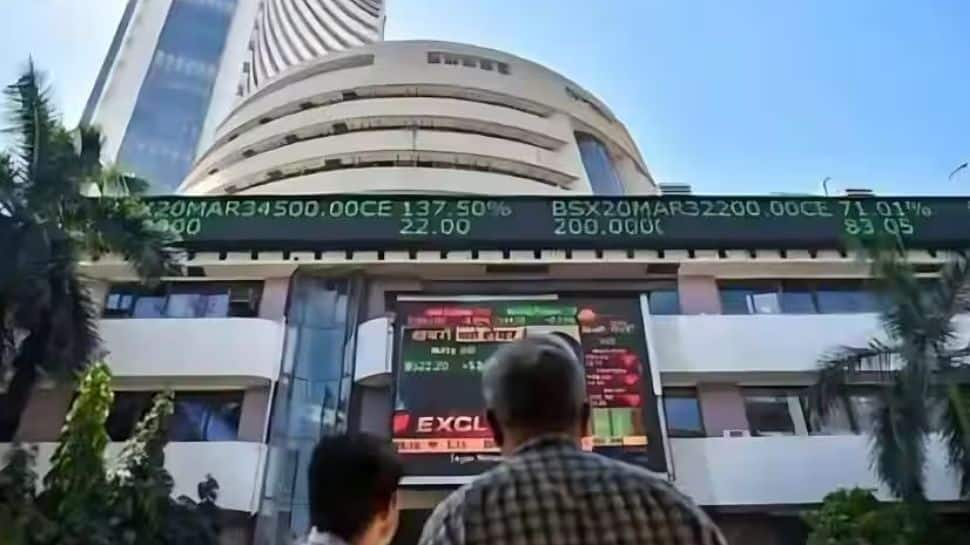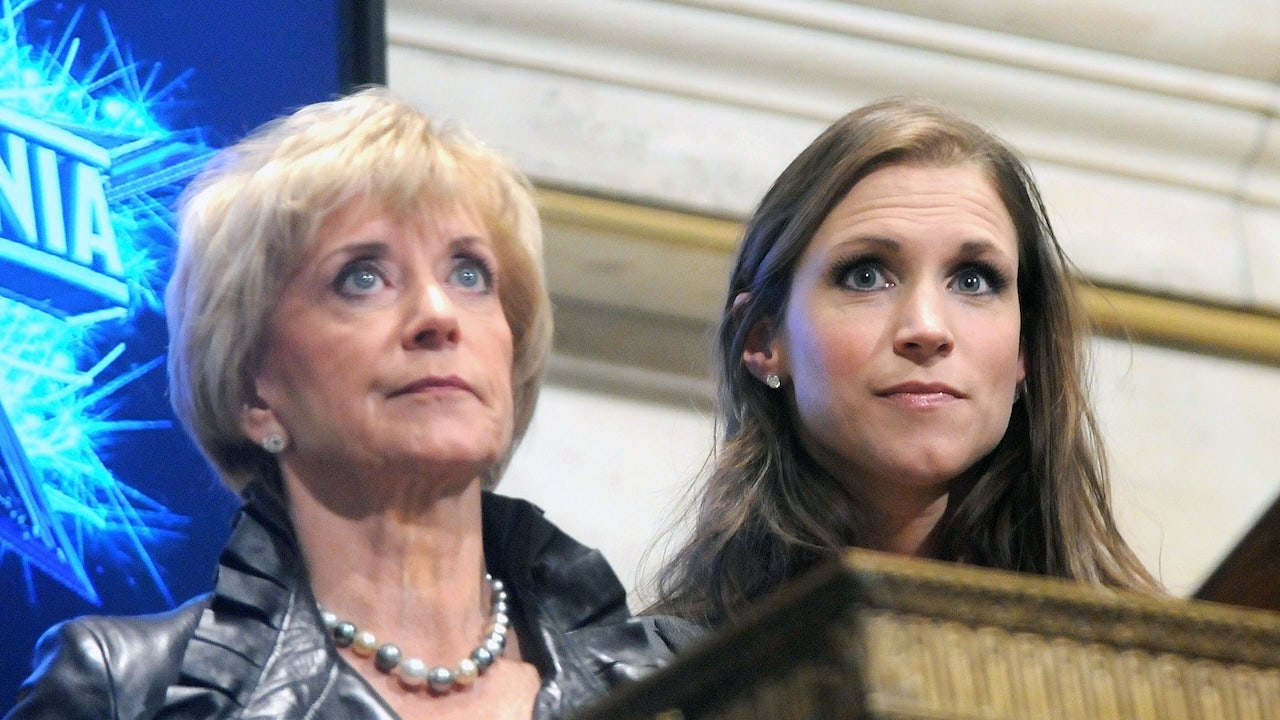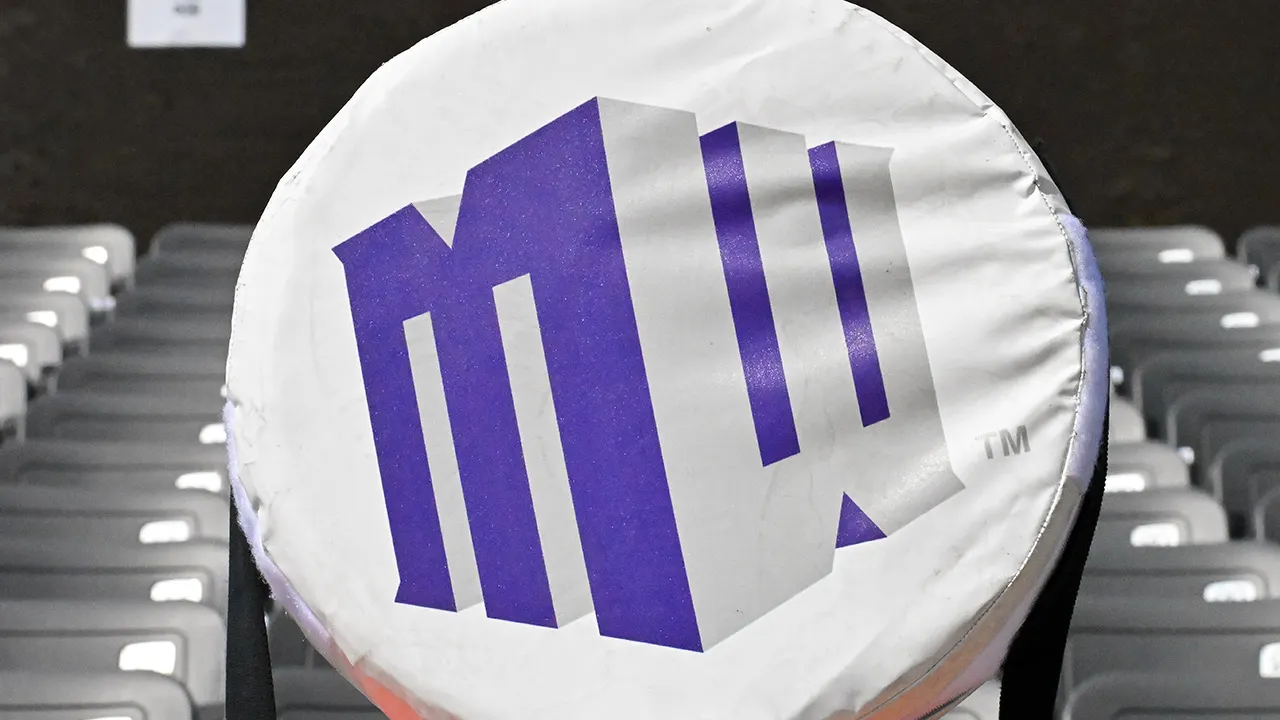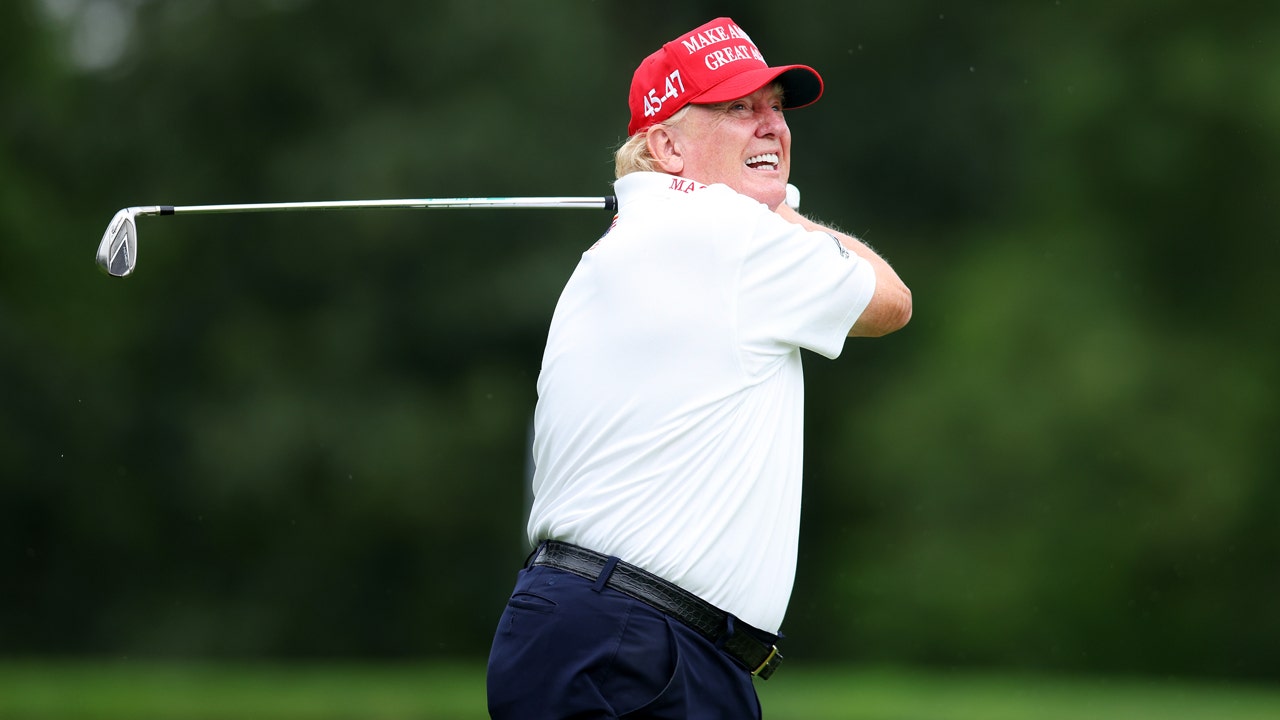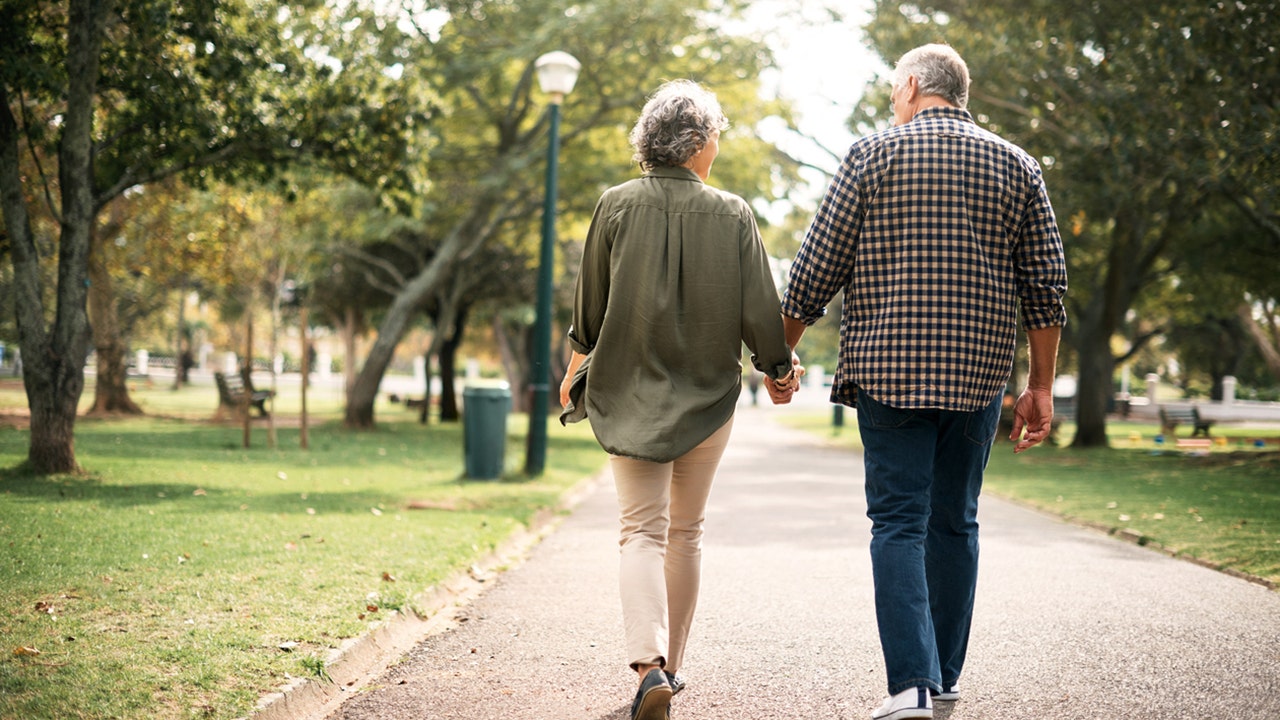“The Regime,” the oddball limited series from HBO, is like a teenager’s dream of dictatorship. In the lengthy and sometimes ponderous tale of an unnamed country in “Middle Europe,” there are various references, more literary than lived, to the top authoritarian hits of the last 50 years.
Chancellor Elena Vernham, played excellently by Kate Winslet, is no Hitler. She may have a narcissistic ruthlessness, but she’s also indecisive and weak, desperate for love, easily manipulated by manifold toadies.
Will Tracy, the show’s creator and co-writer, said he read 20 books about autocracies, authoritarian leaders and totalitarian states to develop the six episodes. But in its mix of satire, slapstick, comedy and commentary, “The Regime” is more akin to the Marx Brothers’ Freedonia in “Duck Soup” (1933) or the European Duchy of Grand Fenwick in “The Mouse that Roared” (1959) than to any past dictatorship.
The series plays in broad strokes with the mechanics of populism and the global competition for rare materials, but what distinguishes “The Regime” is actually a break from history: its undisputed leader is a woman.
Winslet’s chancellor is a nervy, vulgar, insecure hypochondriac obsessed with her demanding father, a sly reference, perhaps, to France’s Marine Le Pen. The show is preoccupied with very 21st-century anxieties about powerful women and the mood swings of the menopause, as she falls in thrall to a tough peasant corporal, a “real man of the people,” played by Matthias Schoenaerts. Corporal Zubak, known as “The Butcher,” full of his own neuroses, becomes a kind of Rasputin, a confidante, dietitian, aide and lover.
In reality, the women we associate with authoritarian regimes are usually the lesser part of conjugal dictatorships fronted by men.
The prime example is Jiang Qing, “Madame Mao,” the fourth wife of Mao Zedong. She was known as the “Great Flagbearer of the Proletarian Revolution” during the mass upheaval of China’s cultural revolution. After Mao’s death, she was arrested — an indication of her power and influence. Finally released from jail, she committed suicide, or so it is said, in 1991.
Then there is Imelda Marcos of the Philippines, famous for her cheerful vulgarity and 3,000 pairs of shoes, but who also exercised considerable power even after her husband, Ferdinand, was overthrown in 1986. She was later elected a member of parliament and her son, Ferdinand “Bongbong” Marcos Jr., is currently the president of the Philippines.
But perhaps the country closest to the heart of “The Regime” is Romania, and the example of another Elena, Elena Ceausescu, the wife of the president and dictator Nicolae. Immensely powerful because of her husband, she served as his first deputy prime minister from 1980 until the Romanian revolution of 1989. She was said to have been inspired herself by Madame Mao and had extraordinary influence over social and cultural policy in Romania. In December 1989, she and her husband were arrested by rebels, and the pair was executed by firing squad on Christmas Day.
“The Regime” was filmed almost entirely in Vienna, the grandiloquent capital of a lost empire, and the show has witty elements of Ruritania. The scenes in Elena’s gilded palace were shot in the Schönbrunn Palace, to which the showrunners have added some weird cupolas, making it look rather like the Palace of the People in Bucharest, built at huge cost by Ceausescu and covering nearly 4 million square feet.
At the height of her fear of mold, Elena is borne around the palace in a sort of Lucite-enclosed palanquin, reminding me, at least, of the Popemobile. Her paranoia echoes Vladimir V. Putin’s fear of Covid (and she holds political court around a ludicrously massive round table, also like the Russian president).
Elena fantasizes about stopping the revolution against her by speaking to adoring crowds from the palace balcony, as the Ceausescus did, only to be greeted by catcalls. And Slobodan Milosevic of Serbia and Ceausescu both faced popular uprisings, echoed in “The Regime,” but with (modest spoiler) different outcomes.
Outside the gilded capital, Elena’s country seems most inspired by post-Communist Eastern Europe, given the general dreariness and prevalence of Lada and Trabant cars.
The show plays with the cynicism of populism, as Elena pretends to revere national identity, traditions and folklore (here embodied by the sugar beet). She intones slogans like, “you are the real people” and “I draw strength from the people” and talks of their mutual love.
At one point, trying to appeal to the peasantry, the chancellor sheds her tight dresses and puts on a braided blonde wig, echoing the Ukrainian politician Yulia Tymoshenko.
After the collapse of the Soviet Union and Ukraine’s independence, an image consultant tried to remake Tymoshenko from a wealthy natural-gas princess close to Moscow into a sort of modest village teacher. She started to wear demure dresses in light colors and copied her braided hairstyle from Ukrainian folk culture, hoping to display innocence and patriotism.
The show has most fun with the weird political cult of embalming. The Soviets, following the example of the Pharaohs, reinvigorated embalming, as it were, when they put the corpse of Vladimir Lenin on permanent display. They did the same with Joseph Stalin, at least until Nikita Khrushchev gave his secret speech about de-Stalinization in 1956. But it was not until 1961 that the government dared remove Stalin from his place next to Lenin and bury him in the Kremlin Wall. Lenin is still on view, known by Russians as “the smoked fish.”
Mao was embalmed the same way, and so was Ho Chi Minh. For a time, even Ferdinand Marcos was embalmed and put on display, as was his mother, until he was finally buried in the Philippines in 2016, 27 years after his death.
I’m one of the presumably small number of people who have seen all of these former leaders on view (except Stalin), a feat impossible now that Marcos and his mother have been buried. The corpse of Elena’s father meets a more degrading end.
And there are many wry references to Britain.
At one point, the chancellor wakes up to an intruder in her bedroom, whom she tries to calm before The Butcher arrives to save her — an episode taken directly from the life of the late Queen Elizabeth II — who was no dictator, surely? At another, she tries to give a homey interview with her husband in a kitchen that looks extraordinarily like the one at 10 Downing Street, where the British prime minister lives and where David Cameron sometimes chose to be interviewed.
Despite the show’s effort at constructing an exotic invented country, everyone in this “Mittel Europa” is actually played by British actors, except for Corporal Zubak, the character representing the “real people” of the country. Schoenaerts, a Belgian actor, speaks his English with a gruff accent hitherto unheard by human ears.
Somehow the palace seems to have British electrical plugs, the scenes of the proletariat are filmed in a poor part of London, the leader of the feared sugar-beet union is a Briton of Indian descent and Elena’s disaffected ministers plot feebly against her in a 1980s British discothèque.
Saving on production costs? Or a commentary on post-Brexit Britain?








